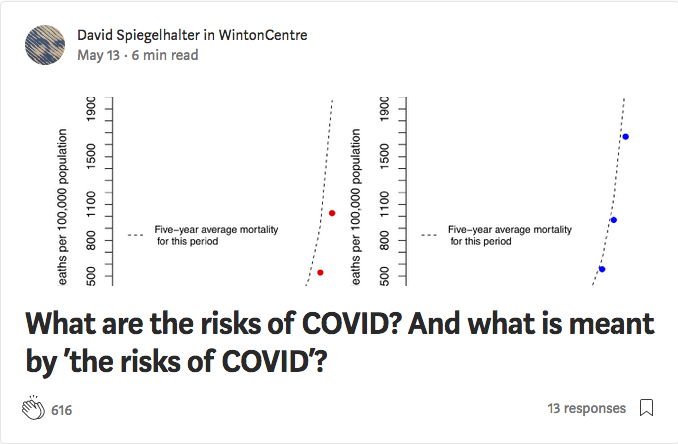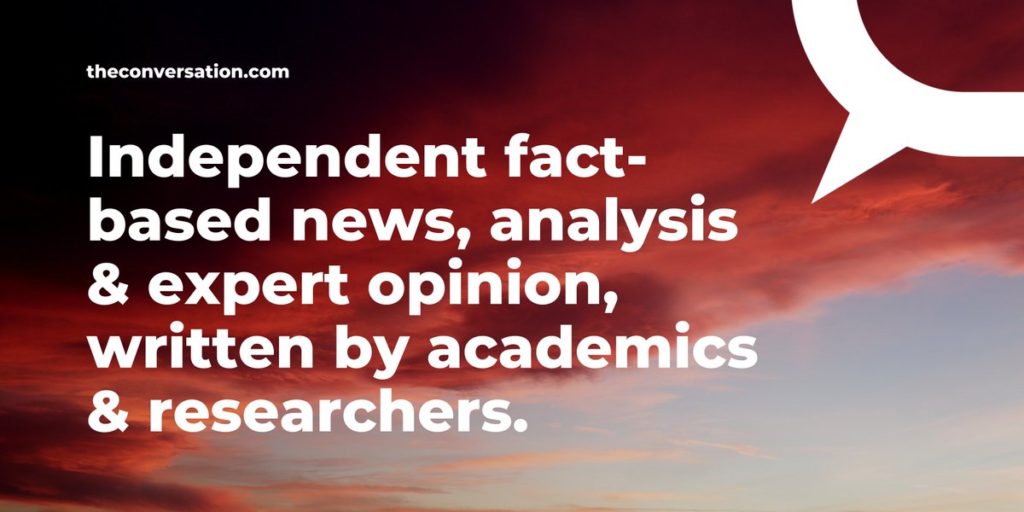Part 3: The Medium
3.2.3 Self-Publishing and Op-Eds
Learning Objectives
- To provide an introduction to self-publishing sites on the internet.
- To review the role of op-eds in traditional news media as a form of risk communication.
- To provide some examples and resources for further information on self-publishing and op-eds.

In some cases, a communication strategy may call for an accessible, shareable article, or series of articles, to connect with a particular audience. Self-publishing sites and op-eds can be useful when you don’t need a full, standalone website but require a more substantial platform than what social media, info sheets, or newsletters can provide.

Self-publishing
Internet sites that allow users to self-publish can be a valuable tool to get the word out about your initiative or project. Depending on the site, they may also allow you to bypass the submission and vetting process of traditional media organizations. As the name implies, self-publishing allows you to maintain control over the content of the articles that appear online.
Examples of self-publishing sites
Medium
Medium is an online publishing platform launched in 2012 that hosts blog posts from both amateur and professional writers and publications. The site allows users to have complete control over the style and content of the articles that they post. While this means that the site may be home to some articles containing misinformation or junk science, it can be a valuable tool for researchers and organizations to get the word out about their work in a relatively short period of time. A good example of an effective Medium user is David Spiegelhalter, the chair of the Winton Centre for Risk and Evidence Communication at the University of Cambridge. Dr. Spiegelhalter is notable for using Medium to apply his expertise as a science communicator and statistician to comment on current events, debunk misinformation, and provide critiques of recent publications, all with very few time and style constraints.

Science Borealis
Science Borealis is a Canadian not-for-profit organization that supports science writers and aims to increase public awareness of Canadian science. The site hosts both original content and amplifies other science blogs in its network. Submissions to Science Borealis are vetted by an editorial staff.
How to use self-publishing sites
The low-barrier environment of blogs and self-publishing sites makes it easy to get content online. However, your work may be noticed by a much smaller audience than if the content was published in more institutional publications. In many cases, you will need to have a strategy to share the content through spaces such as social media or newsletters. It’s not enough to just put the information out there—you have to direct people to it. As a reminder, adding visuals can always make your article stand out and get your message across. For further examples of blog posts, see below for past posts written as a part of this course.
Op-eds
The op-ed section of print newspapers and online news sites feature articles written by someone not employed by the news organization or affiliated with the editorial board. Op-eds can be a valuable tool for getting information out about your particular issue into a high-visibility publication, particularly if the issue is timely. Submissions are reviewed by an editorial staff meaning that it can sometimes be challenging to get your piece accepted and published, particularly in the more well-known newspapers. If you need to publish a series of articles, op-eds are not the ideal medium because news outlets will be unlikely to publish repeated articles from the same author. UBC News has a handy list of common requirements for submissions.
Supplementary Materials
Tips for op-ed submission from UBC News
- 800 words or fewer
- Credentials should be clearly stated — include full name, contact information, and daytime phone number
- No e-mail attachments — send content within the body of an e-mail
- Specify “Op-ed Submission” in subject line
- Submissions should be as argumentative as possible
- Op-eds that anticipate new developments such as conferences and court decisions are especially valuable
- Media reserve the right to edit, condense or reject any contribution
- Submissions need to be exclusive to one media outlet, so don’t approach a second publication until you’ve been declined at the first one
- Writers whose submissions are considered for publication are generally notified within 1-2 weeks
Special case: The Conversation
The Conversation is an independent news outlet launched in Australia in 2011 that now has editions in Canada, the UK, and the US, among others. All of the articles on their sites are written by academics (including PhD students) based on their area of research. The Conversation‘s staff commission and edit articles to make sure that they are free of jargon and accessible to the public. These features make The Conversation unique; they operate somewhat like a traditional news organization with an editorial staff but solicit and accept articles from researchers only. Here is an example co-authored by Dr. Anne Gadermann, an SPPH faculty member, that discusses her research and the mental health impacts of the COVID-19 pandemic.

Takeaways
Key Takeaways
- Self-publishing sites and op-eds are media that provide unique benefits like timeliness, editorial freedom, and accessibility.
- There are a number of different options when choosing a website or news outlet to share your written essay — understanding your goals, audience, and message will help you decide which one is right for your purposes.
Sample Student Blogs (from SPPH 552: Risk and Communication in Public Health)
Applying stakeholder theory to risk communication Prepared by Julie Zhang
How can we improve academic posters? Prepared by Sean Sinden
The importance of hosting Prepared by Laura Chow

